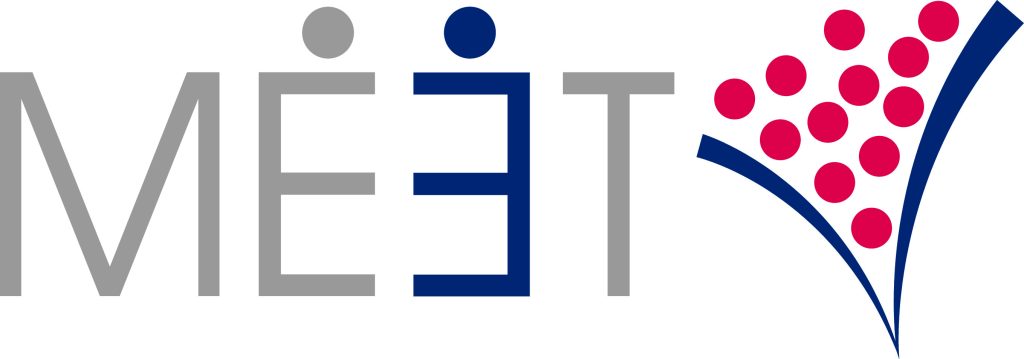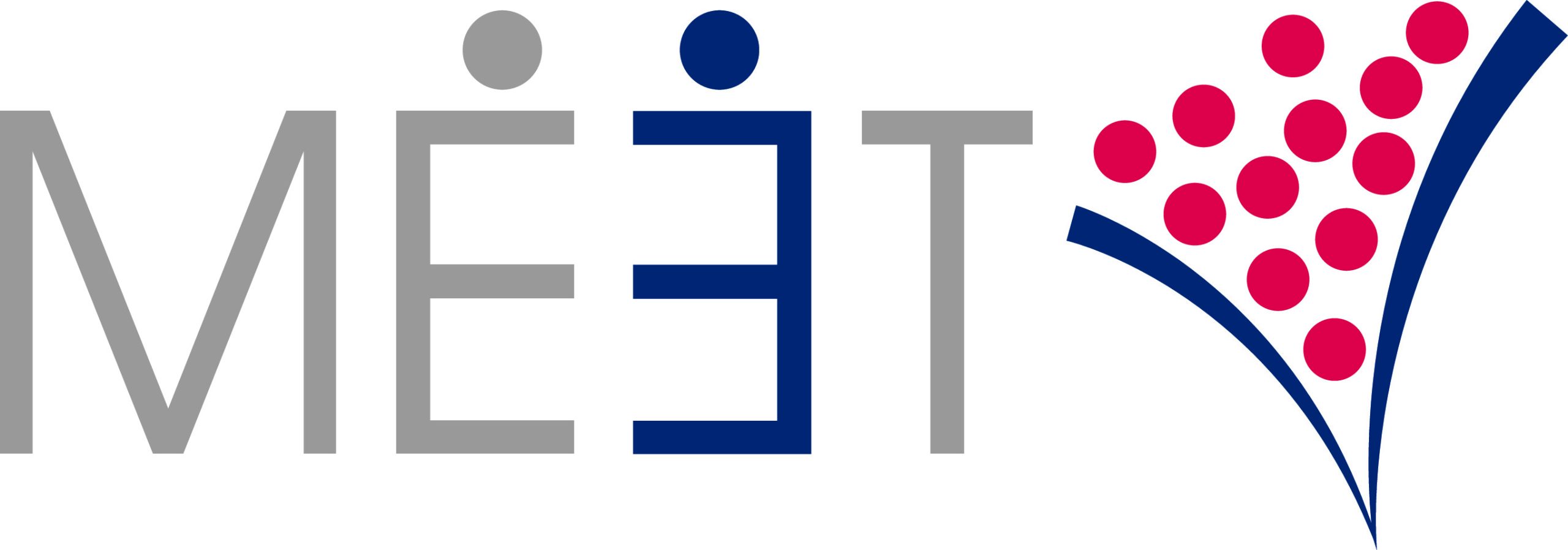Looking for a Trade Show Staffing Strategy? Try Divide and Conquer
Booth staff are always critical to any trade show. Reach to us if you need professional trade show staffing strategy
Looking for a Trade Show Staffing Strategy? Try Divide and Conquer Read Post »

